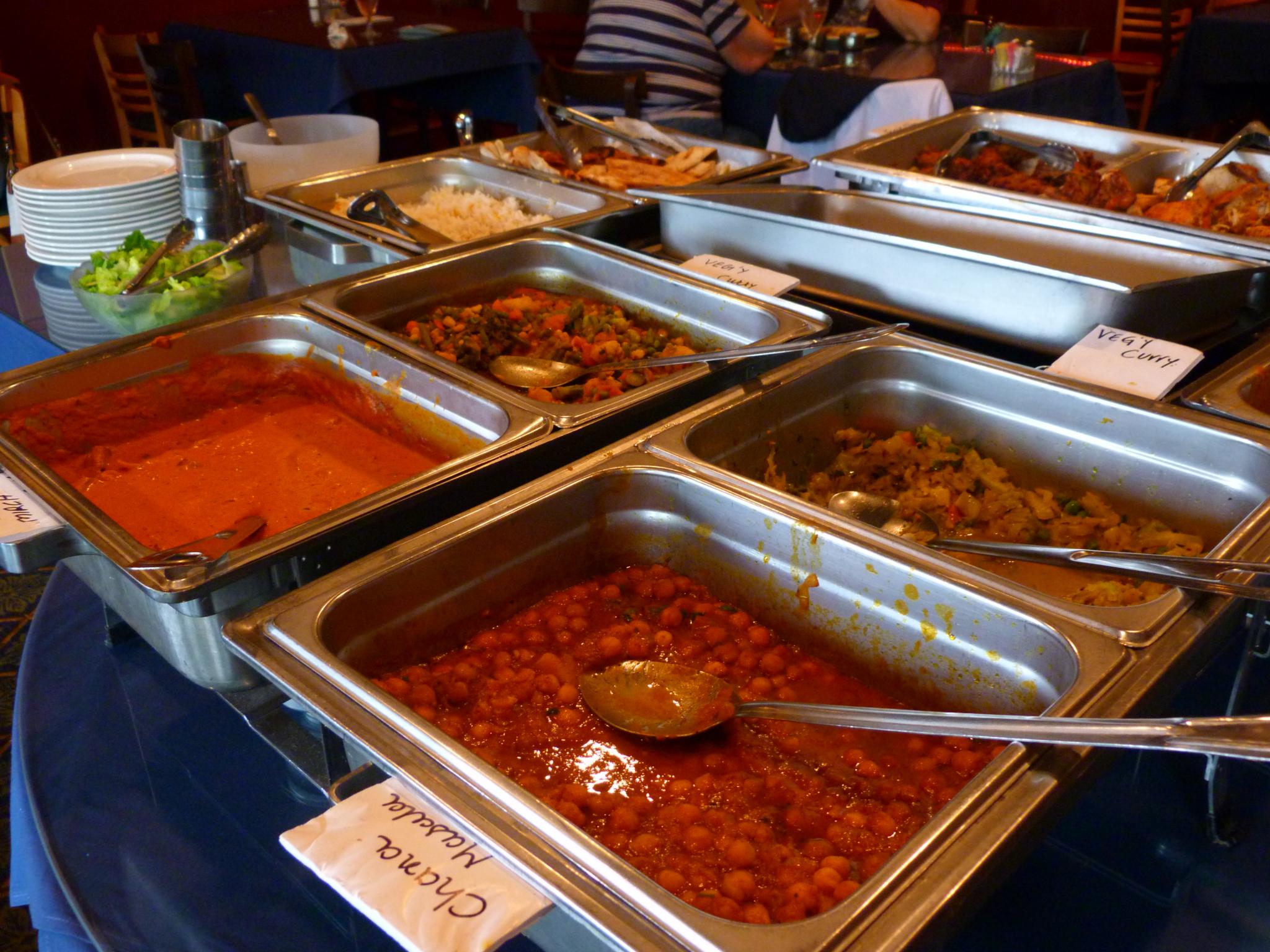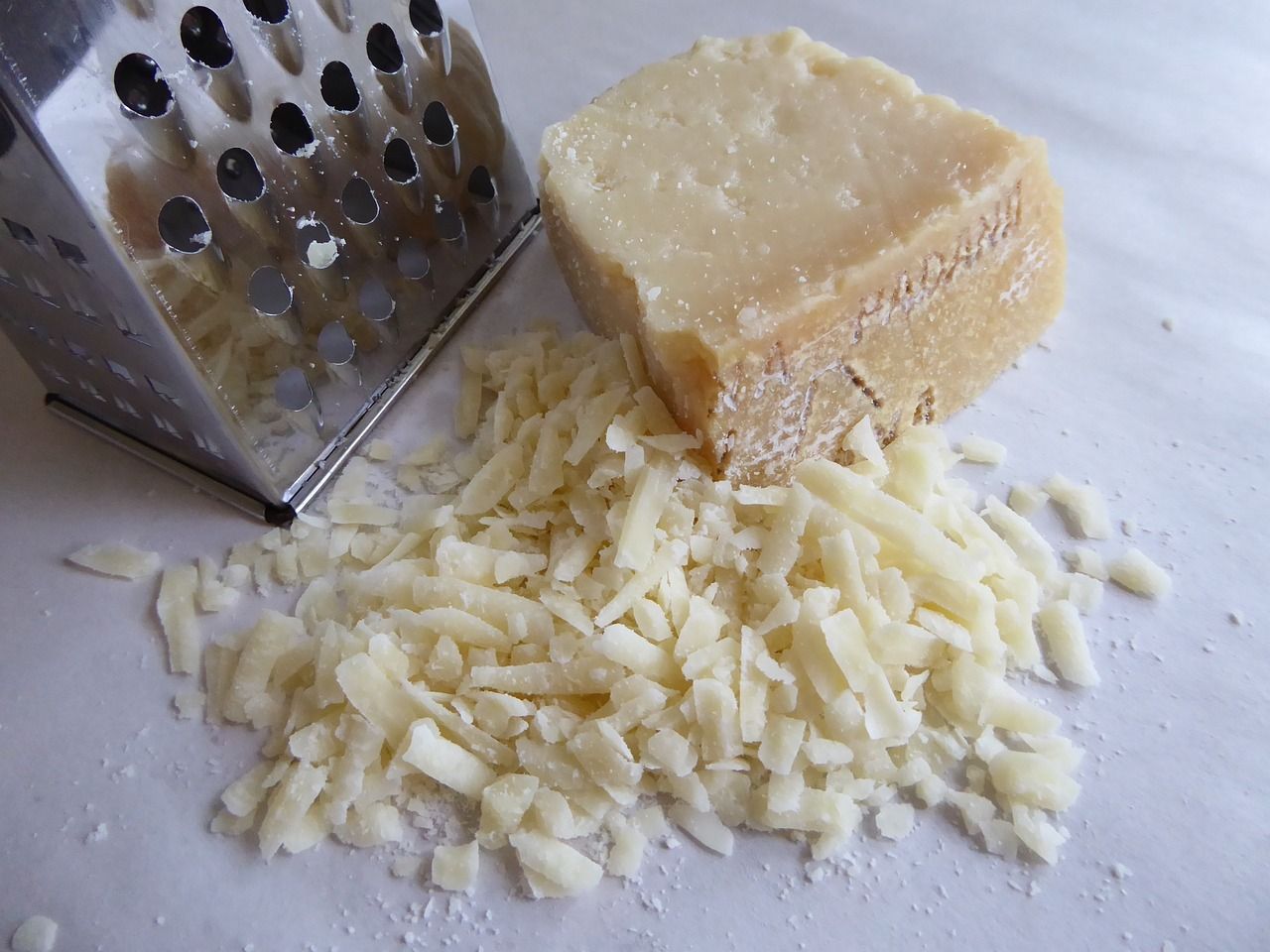
Let’s be real, deli meats are one of life’s easiest pleasures. They’re flavorful, a breeze to toss on a sandwich, and always hit just right whether you’re building an epic charcuterie board or just grabbing a quick snack. We’re talking about those comforting, convenient slices that were once the unsung heroes of countless lunchboxes and family gatherings. But if you’re anything like us, you might have noticed some familiar faces missing from the deli counter lately.
While classics like smoked pastrami and even quirky staples like Spam have managed to hold onto their culinary street cred, there’s a whole world of retro cold cuts that have quietly slipped into obscurity. It wasn’t that long ago that your neighborhood deli and supermarket packaged meat section were overflowing with dozens of choices, all scientifically and industrially transformed into something modern and convenient. These were the go-to items, the quick fixes, the easy solutions for hungry families.
But what happened? America’s eating habits began to shift, health concerns rose, and culinary trends evolved, leaving many once-beloved meats behind. So, grab a seat, because we’re taking a deliciously cringe-worthy trip down memory lane to remember 12 once-top-selling luncheon meats that have virtually disappeared from stores and the collective consciousness. Prepare for some serious nostalgia, and maybe a few “Wait, *that* existed?” moments!

1. **Olive Loaf**Let’s be real, olive loaf is the absolute poster child of forgotten deli meats. If you’ve never heard of it, you’re definitely not alone! While it once even earned a pop culture shout-out in ‘The Breakfast Club,’ today it’s more likely to be mistaken for a rustic bread recipe than remembered as a meat. But make no mistake, olive loaf is very much a spiced, processed deli meat, distinctively dotted with green olives and red pimentos.
This isn’t some newfangled invention; olive loaf has been around for decades, hitting its peak popularity in the 1970s and ’80s. Picture it: similar in texture to bologna or mortadella, it’s typically made from a blend of meats. Oscar Mayer, for instance, mixed chicken and pork, while Boar’s Head opted for beef and pork. The real showstopper, though, was those sliced green olives, often stuffed with red pimentos, mixed right into the meat, giving it that unmistakable speckled look and a salty, savory blend with a delightful tang.
But alas, the ’90s arrived, bringing with them the low-fat diet craze and new scrutiny of processed ingredients. Olive loaf, ticking all the ‘naughty list’ boxes, quickly fell out of favor. Its distinctive appearance began to look dated, even unappetizing, to newer generations, and it simply couldn’t compete with artisan charcuterie. While it’s still technically made and sold today, finding it requires some serious searching, marking its quiet departure from the mainstream.
Read more about: Unlock Your Pantry’s Potential: 15 Simple Steps to Start Your Food Preservation Hobby

2. **Ham and Cheese Loaf**Next up on our forgotten deli tour is the intriguing Ham and Cheese Loaf. For decades, Oscar Mayer, a leading name in processed proteins, offered this all-in-one product. Its very name promised the classic pairing of ham and cheese in one convenient slice, delivering on a simple, yet delicious premise for countless families at lunch.
This wasn’t your artisanal, fancy ham and cheese; it was a mass-produced marvel. Ham and Cheese Loaf was primarily chopped ham pieces, pressed and formed into a loaf. What truly set it apart were the minuscule, bright orange pieces of processed American cheese, or ‘real Kraft cheese,’ speckled throughout the meat. Sold in square slices, usually in 16-ounce vacuum-sealed packs, it epitomized convenience for a quick sandwich fix.
However, even once-popular items can face a dramatic end. The quiet fade of Oscar Mayer’s Ham and Cheese Loaf was greatly accelerated by a significant recall in December 2022. Thousands of pounds of the luncheon meat were pulled from shelves after a production facility failed to properly clean equipment, potentially contaminating an entire run. This incident, combined with evolving tastes, cemented its journey into deli obscurity.
Read more about: Unlock Your Pantry’s Potential: 15 Simple Steps to Start Your Food Preservation Hobby

3. **Liverwurst**Now, let’s venture into the slightly more polarizing world of liverwurst. This German-originated delicacy is technically a sausage, crafted from finely ground pig organ meats—primarily liver—and pork fat. It’s extruded into tubes, resulting in a versatile texture: soft enough to spread on bread, yet firm enough to slice for sandwiches, offering a unique, rich flavor that once captivated American palates from the 1940s to the 1970s.
Liverwurst was a common sight alongside bologna at deli counters and in grocery store luncheon meat sections. Its widespread appeal even led to the embrace of braunschweiger, a similar sandwich filling that added an extra layer of flavor through smoking. This made it a staple, promising a bold, earthy taste when paired with sharp onions and mustard on rye bread – a true adventure for the taste buds of that era.
By the 2020s, liverwurst had largely vanished from the mainstream. Its decline was tragically deepened after 2024 when Boar’s Head, one of its last major producers, ceased production. This decision followed a fatal listeria outbreak at a Virginia plant, which directly led to nine deaths. This devastating event solidified liverwurst’s exit from our collective consciousness, a sad end for a once-defining deli meat.
Read more about: Massive Listeria Outbreak: An In-Depth Investigation into Boar’s Head and Kroger Deli Meat Contamination and Its Widespread Impact
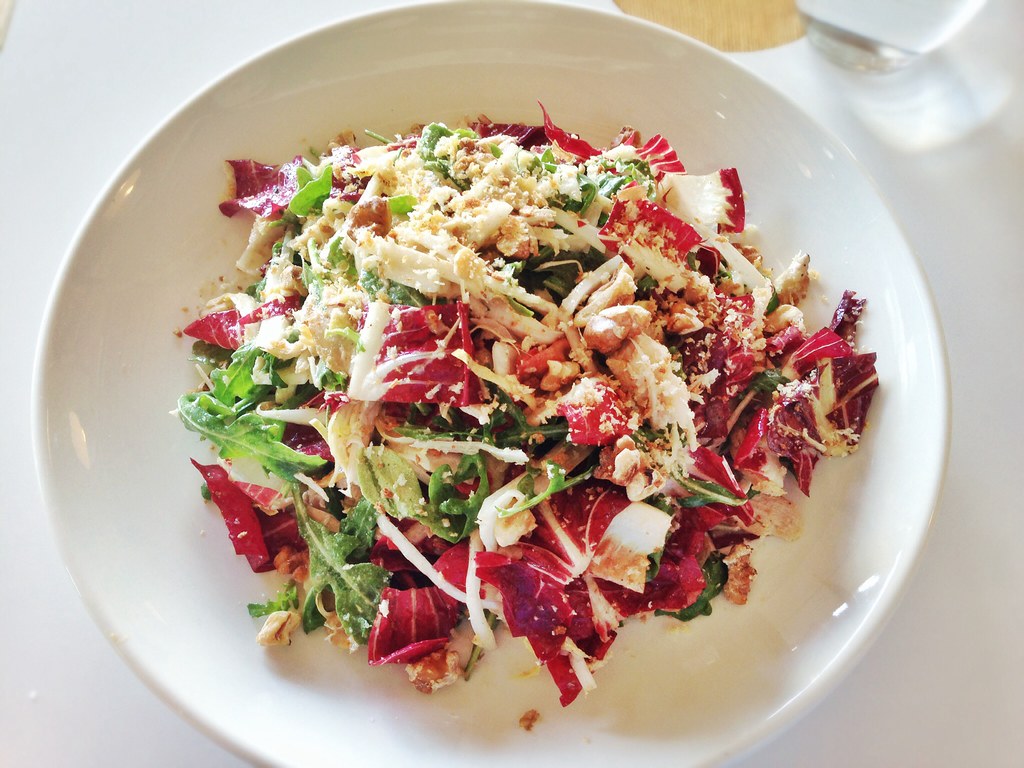
4. **Luxury Loaf**Let’s talk about a deli meat with a rather grand name: Luxury Loaf. This Oscar Mayer offering, sold under an anglicized name, was once a familiar sight, resembling chopped ham but with darker meat. It’s a prime example of how German culinary traditions profoundly influenced American food culture, a presence that has quietly diminished over time, taking items like this beloved loaf with it.
Luxury Loaf was actually a mass-produced take on leberkase, an old German meat originating in 18th-century Bavaria. Traditionally, butchers combined finely ground beef, pork, and pork liver, achieving a sausage-like texture akin to bologna. After forming it into a loaf, it was baked to create a distinctive, crusty topping, a detail that added to its unique appeal in deli counters.
While traditional German delis still offer authentic leberkase, Oscar Mayer’s Luxury Loaf quietly disappeared without fanfare sometime over the past few decades. Its decline reflects broader shifts in American food preferences, as new culinary influences diversified the market beyond its once-heavy European roots. This highlights how even products with a rich history can fade as consumer tastes evolve.
Read more about: Beyond the Red Carpet: 12 Simple Steps 5 Top Fashion Icons Use to Cultivate Their Unforgettable Image

5. **Beef Lebanon Bologna**Moving onto a truly distinct regional delight, let’s explore Beef Lebanon Bologna. While ‘bologna’ usually brings to mind a mild, sausage-like slice, Lebanon bologna broke the mold. Developed in the 19th century by the Pennsylvania Dutch community, it boasts the reddish-pink hue of standard bologna but delivers a taste profile much closer to salami—a unique star in the world of cold cuts.
Its traditional preparation is what makes Lebanon bologna so special: it’s hardwood smoked, noticeably cured, and fermented. This process imparts a distinctively smoky, slightly bitter, and powerful flavor. For those craving a sweet counterpoint, the ‘sweet Lebanon bologna’ variant offered all these robust notes with an added sugary kick. It was a regional culinary experience, not just another slice of lunch meat.
Despite its strong regional identity and once-loyal following, Beef Lebanon Bologna has sadly receded into deli obscurity. Rarely seen beyond Pennsylvania and its neighboring states, its prominence has dwindled significantly. While specialty meat manufacturers still produce it, it’s no longer the major Northeastern food staple it once was, showcasing how even deeply rooted regional foods can lose their widespread appeal against changing national tastes.
Read more about: Beyond 50: 8 Foods Americans Should Seriously Consider Cutting Back On
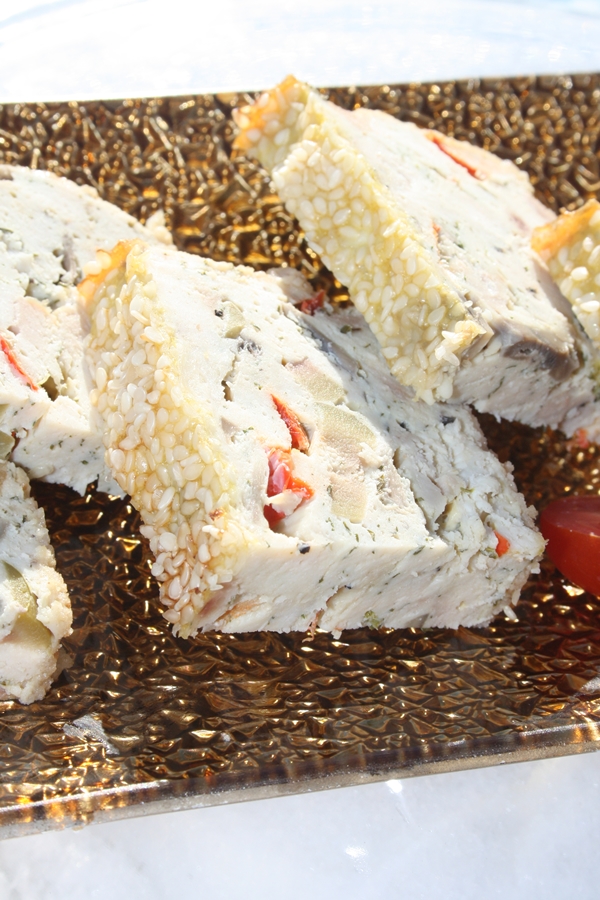
6. **Mock Chicken Loaf**Finally, for this section, we’re diving into the peculiar history of Mock Chicken Loaf. Before chicken became the affordable, everyday meat we know today (a shift that largely happened in the last 50 years), roast chicken was a luxury. Served on Sundays or special occasions, regular chicken consumption was simply too expensive for many, sparking the ingenious, if slightly odd, creation of ‘mock chicken.’
So, what was this culinary mimicry? With real chicken being a rarity, pork and beef were plentiful and cheap. These became the primary ingredients in Mock Chicken Loaf, combined with a host of seasonings specifically chosen to make the flesh of these two hooved animals approximate the taste of poultry. It was a clever, budget-friendly workaround for those yearning for a chicken-like flavor without the hefty price tag, akin to a bologna alternative.
Today, this largely obsolete luncheon meat is rarely found. A few manufacturers still produce it, now often incorporating turkey along with fillers and preservatives to achieve that ‘chicken’ taste. However, the widespread availability and affordability of actual chicken rendered Mock Chicken Loaf’s original purpose obsolete, marking its quiet departure from most deli counters as a true relic of evolving American diets and protein access.
Read more about: Seriously What’s the Deal? 14 Once-Loved American Foods That Mysteriously Vanished From Our Tables

7. **Beef Aspic**Alright, prepare yourselves, because this next one is a real head-scratcher for modern palates: Beef Aspic. It’s one of those notoriously off-putting dishes that has transcended from a classical food into something many now consider… well, just plain weird or gross! It truly stands as a definitive example of how collective tastes can dramatically change over time.
So, what exactly *is* this jiggly marvel? Imagine beef stock mixed with gelatin, which, by the way, was traditionally acquired by boiling cow bones or just using a trusty store-bought unflavored powder. This concoction creates a transparent, savory jelly. This isn’t just a side dish; it’s used to beautifully encase meats, vegetables, and even eggs, resulting in a firm yet delightfully wobbly loaf when cooled. Think of it like Jell-O with fruit pieces suspended within, but swap out the sweet fruit for savory beef bits, and the fruit-flavored Jell-O for beef-flavored gelatin. Quite the visual, right?
Aspics of all kinds, but especially beef aspics, are so intrinsically linked with the dinner parties and culinary experiments of the 1950s and 1960s. They were a sign of sophistication, or at least adventurous home cooking. Fast forward to the 21st century, and there isn’t much of a mainstream market for premade, ready-to-eat versions. While you might still stumble upon it in some niche delis or grocery stores, often sold by the pound, it’s mostly for those with a curious palate or folks who genuinely miss the days when sliced beef gelatin served as a perfectly viable, if somewhat mundane, sandwich foundation. Talk about a relic!
Read more about: Honestly, What Happened? 15 Once-Beloved American Foods That Vanished from Our Tables

8. **Liver Cheese**Next up, let’s delve into something that sounds like a contradiction in terms: Oscar Mayer’s Liver Cheese. Now, before you wrinkle your nose, let’s be super clear – despite its name, this luncheon meat didn’t actually include *any* cheese at all! Instead, it got its “cheese” moniker from its unique consistency, which was described as being like a soft or processed dairy-based cheese. Go figure!
This intriguing creation from Oscar Mayer was apparently inspired by various sausages hailing from Eastern Europe or Germany. It was a concoction made smooth and speckled through the industrial mincing of pork, pork fat, and, yes, pork livers. To round it all out and preserve it, a heavy load of spices and preservatives were added. The result? It only tasted a *little* like overwhelmingly umami and fatty liver, making it more of a savory kind of bologna than a true liver product. It was designed to be palatable for the masses, which is probably why it gained its following.
Liver Cheese actually performed quite well, becoming a go-to for sandwiches or even cut into smaller pieces for party trays and charcuterie spreads (yes, even way back when!). However, by 2020, Oscar Mayer had quietly started slowing down its production of Liver Cheese, without much fanfare or official announcement. Longtime, confused, and frankly, irate customers began posting online, wondering about the sudden disappearance of their beloved luncheon meat. It was around that time that this major name in processed meat decided to stop making and distributing Liver Cheese altogether, leaving a void in the hearts (and lunchboxes) of its dedicated fans.
Read more about: Unlock Your Pantry’s Potential: 15 Simple Steps to Start Your Food Preservation Hobby
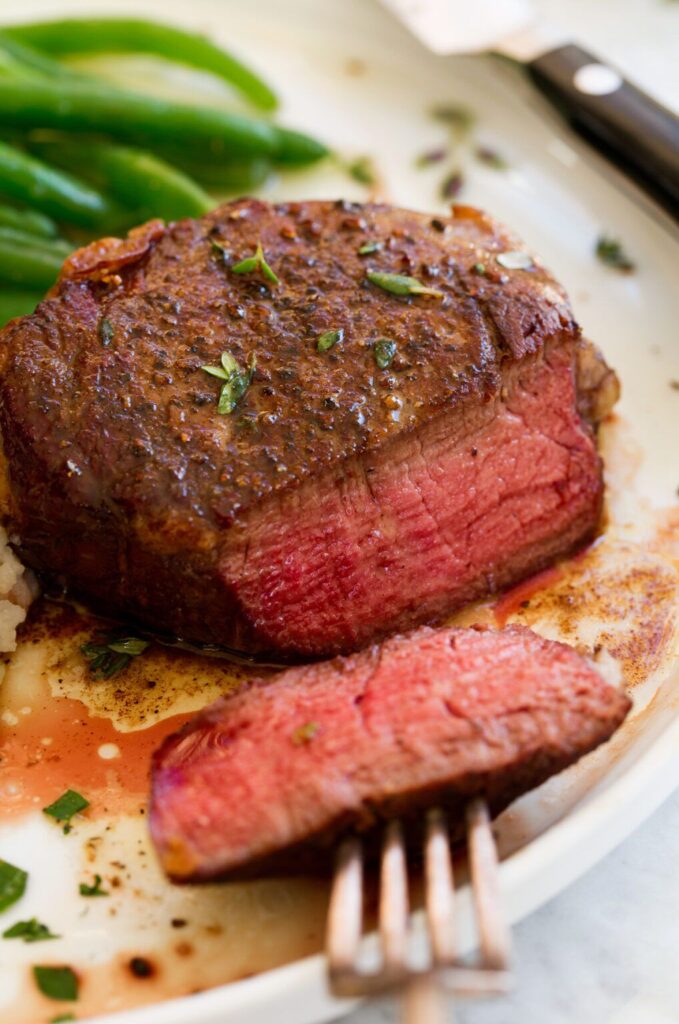
9. **Corned Beef Loaf**Let’s rewind to the early 20th century, a time when many of America’s foundational culinary dishes emerged not from gourmet kitchens, but from recipes printed on the side of canned or packaged products. These recipes were ingenious marketing tools, dreamed up in manufacturer’s kitchens to boost sales. One such dish, apparently popular from the 1930s and for several decades afterward, was the fascinating Corned Beef Loaf.
This particular loaf was heavily promoted and popularized, in large part, by a recipe book published by none other than Jell-O in 1931. The whole idea behind Corned Beef Loaf was twofold: to sell more of their boxed and powdered gelatin, and crucially, to help stretch valuable meat during the lean times of the Great Depression. As per Jell-O’s recipe, you’d take corned beef – whether it was deli-made or the canned variety (you know, the kind you still sometimes spot in drugstores or dollar stores today) – and add it to a mold. Then, the gelatin, mixed with lemon-flavored Jell-O, beef stock, bouillon, Worcestershire sauce, onions, and mustard, would set around it.
Once cooled, this unique loaf could be sliced and served atop lettuce, often accompanied by hard-boiled eggs and tomato. Any leftovers? Perfect for a sandwich the next day, sliced between two pieces of bread. This dish became so entrenched that even Oscar Mayer, a giant in the luncheon meat world, sold their own version in the 1970s. They even gave it a more descriptive name: Jellied Corned Beef Loaf. This deep-pink meat was notably speckled with spices and jelly bits, ensuring customers knew exactly what they were getting into. While Oscar Mayer no longer makes this specific jellied wonder, canned versions of corned beef loaf can still be found today, a testament to its enduring, if niche, legacy.
Read more about: Seriously, Where Did They Go? 12 Iconic American Foods That Vanished From Our Tables

10. **Head Cheese**Now, here’s a deli counter item that sounds far more intimidating than it actually is, at least to those unfamiliar with its charm: Head Cheese. Don’t let the name fool you into thinking there’s any dairy involved; there’s absolutely nothing close to actual cheese here! Instead, it’s a classic example of a terrine – which is both the name of the food and the deep pan used to create this rich, savory, and meaty loaf that’s designed to be sliced or spread. It’s a centuries-old culinary tradition that once held a prominent spot in many cultures.
So, how exactly is this unique delicacy crafted? Well, it involves boiling the whole head of a slaughtered hog, along with other pieces that might be tough to sell or market individually. As these parts boil down, all the gelatinous substances, liquids, and pork pieces merge together into a flavorful broth. This mixture is then poured into a mold, often covered with vinegar for preservation and flavor, and then cooled and set until it forms a semi-solid brick. It sounds… intense, but the result is a savory, gelatinous mosaic of pork.
When made at home, head cheese was traditionally spread onto crackers or sliced and placed between two pieces of bread for a hearty, rustic sandwich. It was once such an accepted and widespread sandwich meat that even Oscar Mayer, recognizing its popularity, sold a mass-produced version across America’s supermarkets. Their take was typically a mixture of light and dark meat pork with pieces of fat, all suspended in a light jelly. However, like many of its retro brethren, that particular item from Oscar Mayer was discontinued years ago, quietly fading from our deli counters and into the annals of forgotten foods.
Read more about: Unlock Your Pantry’s Potential: 15 Simple Steps to Start Your Food Preservation Hobby
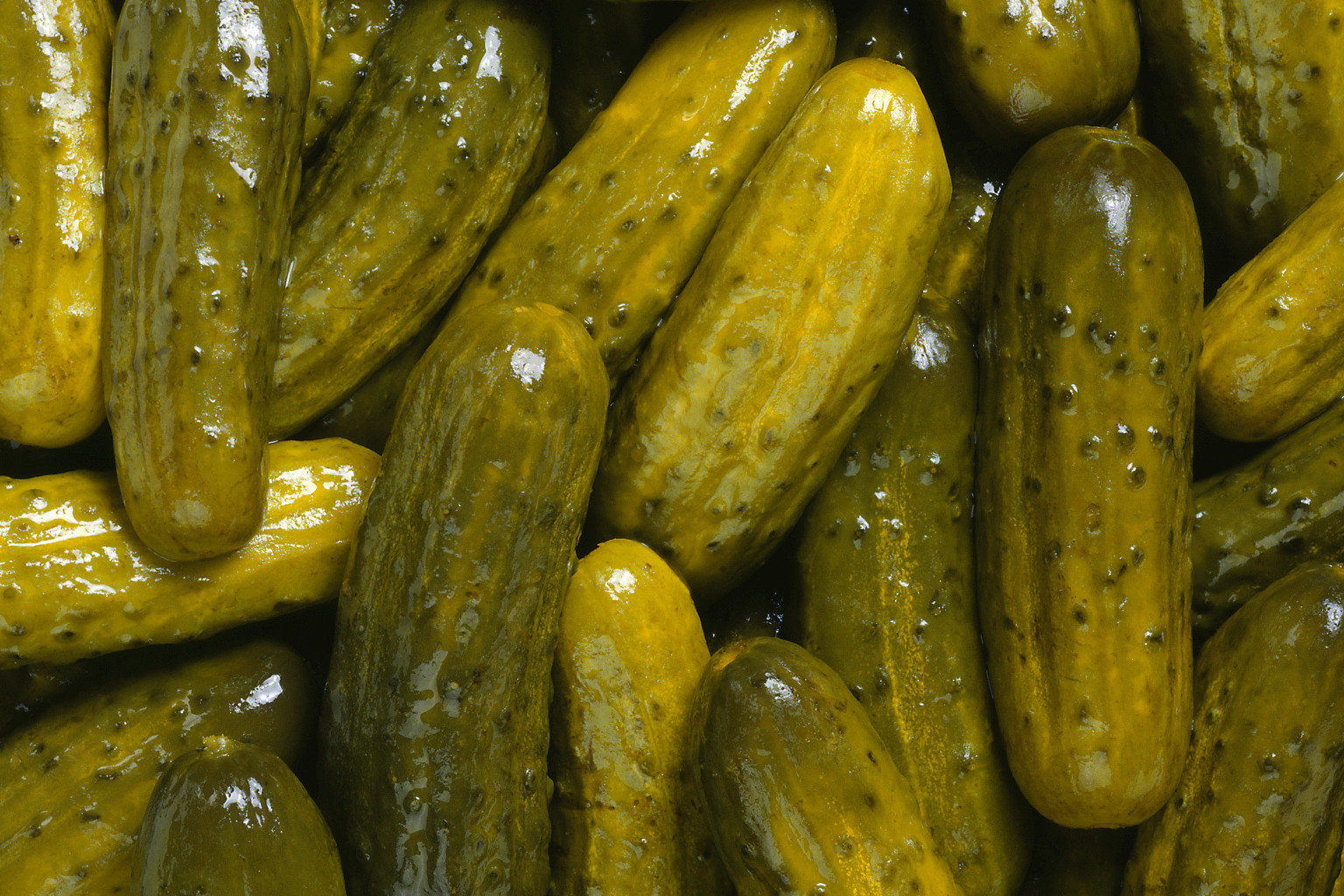
11. **Pickle and Pimiento Loaf**Remember how Oscar Mayer absolutely dominated the luncheon meat universe in the latter decades of the 20th century? They were so big that they could afford to cater to incredibly specific tastes, because the market was truly there to support it! While Olive Loaf was practically a flagship in their extensive lineup of sliced sandwich meats (those iconic yellow plastic squares, remember?), the public also readily bought massive quantities of slight variations on the theme. And that brings us to the wonderfully quirky Pickle and Pimiento Loaf.
Visually, Pickle and Pimiento Loaf looked almost *exactly* like Olive Loaf. You’d see that familiar pink, mildly spiced, and generously fatty loaf of meat, dotted with vibrant green and red bits. But here’s the twist, the crucial difference: those little green pieces weren’t olives! Instead, they were small, crunchy bits of pickled cucumber, bringing a whole different kind of tangy zest to the party. The red parts, though, were still good ol’ pimientos, adding that familiar splash of color and mild flavor. Sometimes, this delightful deli meat was even known simply as Pimiento Loaf, despite the fact that it was just as much loaded with pickles, too. Talk about a confusing identity!
Sadly, this festive, tangy ingredient-addled luncheon meat is now a dying favorite of yesteryear. Oscar Mayer officially ceased production on Pickle and Pimiento Loaf sometime after 2021, marking another quiet departure from the mainstream deli counter. However, all hope isn’t lost for those craving its unique flavor profile! Other, smaller meat companies still package sliced versions of it, continuing to serve a slight, though unfortunately decreasing, demand. It just goes to show how even the most specific and beloved variations can struggle to hold on when tastes evolve.

12. **Cotto Salami**Our final stop on this nostalgic deli tour brings us to Cotto Salami. Now, “salami” isn’t just one specific kind of meat; it actually refers to a whole fascinating class of products, developed in Italy centuries ago out of rich European meat curing traditions. Most commonly made with pork, or sometimes beef, or a finely minced blend of the two (much like a sausage!), different regions of Italy specialize in their own unique, locally created styles of salami. By definition, salami is cured – preserved with air, smoke, salt, or other methods – which makes the meat safe for consumption without traditional cooking.
However, Cotto Salami stands out as the one major exception to that rule, because it’s very much *cooked* in addition to being cured! Hailing from the Piedmont region of Italy, traditional cotto is derived from pork shoulder and spices, and is then either boiled or smoked, sometimes before and sometimes after it’s cured. It’s a robust, flavorful meat. Oscar Mayer’s take on cotto, however, was designed to be palatable and appropriate for mainstream American consumption. It was cooked as well as cured, adding an extra layer of food safety for potentially apprehensive salami eaters unfamiliar with traditional Italian meat-treating methods.
But let’s be real, Oscar Mayer’s version was hardly authentic. It was more akin to bologna, with the American luncheon meat brand making its cotto primarily with chicken and beef, and only a little bit of pork. As American palates became more adventurous and a wider variety of genuine, artisanal salami brands and styles became readily available in the U.S. market, Oscar Mayer’s macro version of cotto inevitably fell out of favor. It just isn’t a prominent offering in the luncheon meat section of most grocery stores anymore, a testament to how evolving consumer sophistication can push even once-popular, simplified versions of classic foods aside.
Read more about: Children’s Hoodie Hazards: A Vital Consumer Report on Drawstring Strangulation Risks and Recent Recalls
Wow, what a journey through the forgotten corners of the deli aisle! From the jiggly mystery of Beef Aspic to the almost-bologna Cotto Salami, these 12 once-iconic deli meats really tell a story of evolving American tastes, dietary shifts, and the relentless march of culinary trends. It’s wild to think that staples from our parents’ and grandparents’ lunchboxes are now so rare, they’re practically legends. So next time you’re at the deli, take a moment to appreciate the incredible variety we have today, and maybe even spare a thought for these unsung heroes who once reigned supreme. Who knows, maybe with a little nostalgia and a fresh rebrand, some of them might even make a surprising comeback!


